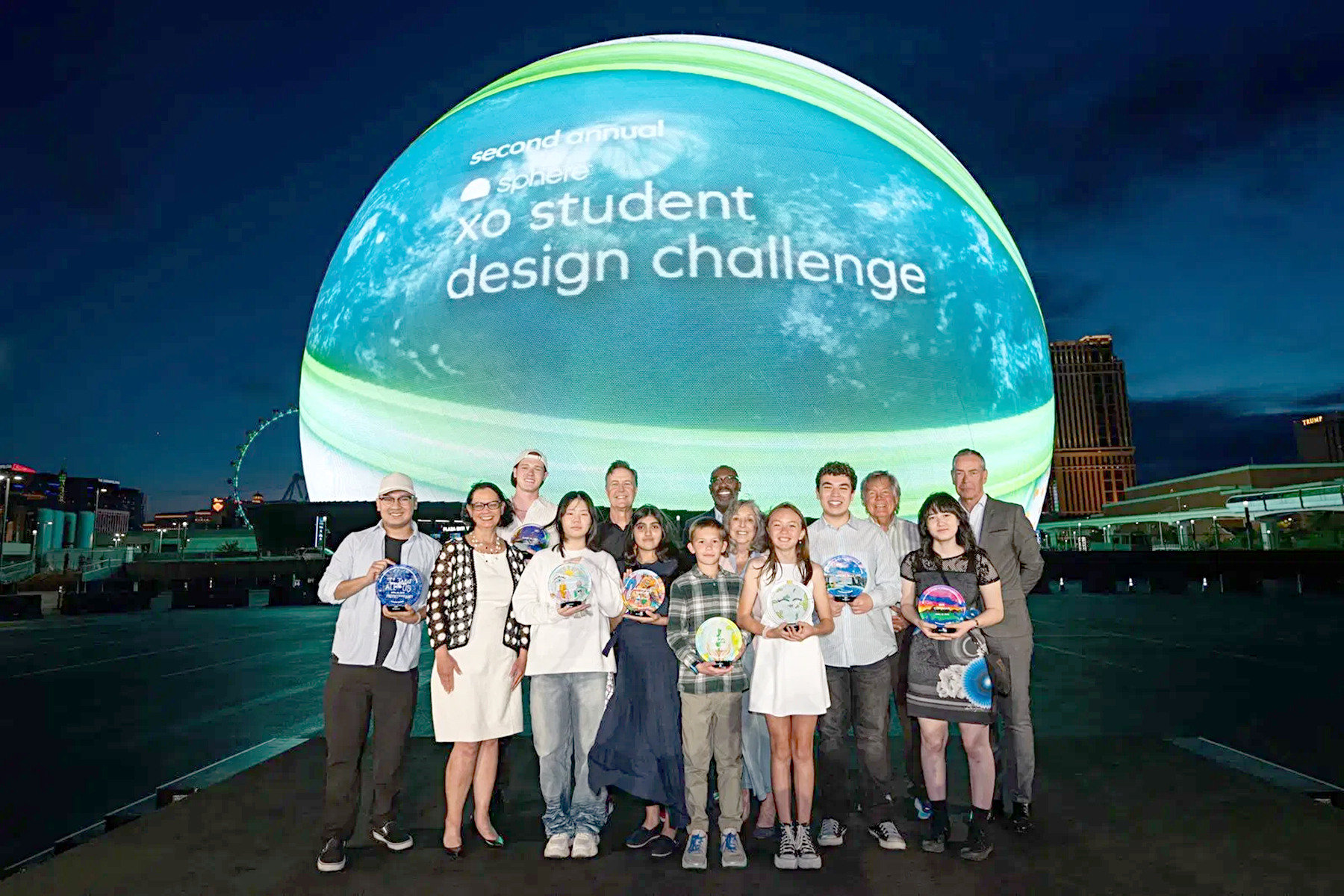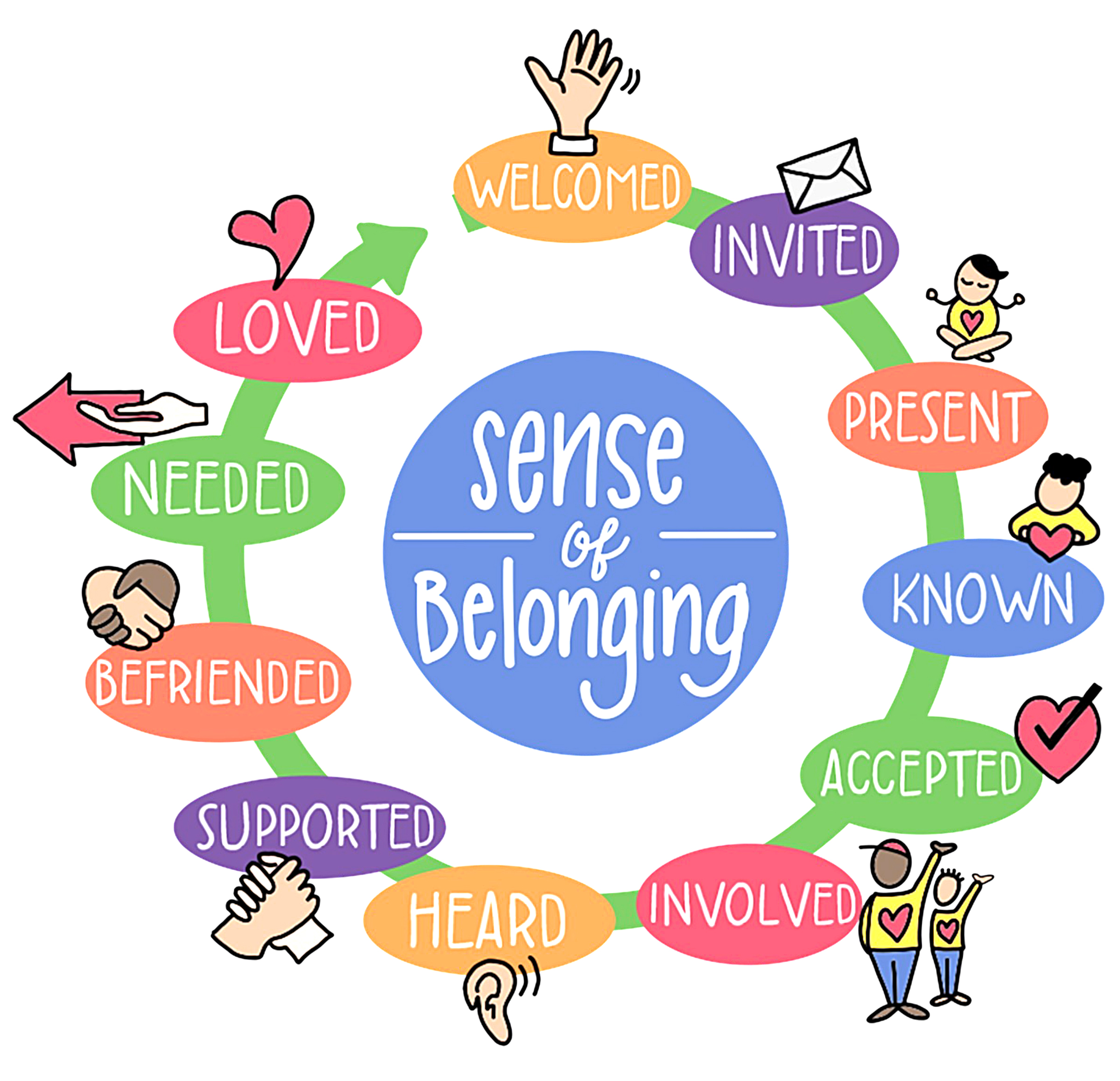
Treat Families Like Valued Customers
Create belonging and connection by taking a cue from the hospitality industry.
Topics: Family and Stakeholder Engagement, Student Engagement
In education, family engagement is often seen as an “extra” to be pursued only after all other academic and operational needs are met. In reality, family engagement is foundational to student achievement and a healthy school climate—not an add-on or a box to check. It is a necessary practice, and one that has the power to change schools.
Many schools and districts still view engagement through the lens of compliance—as an obligation to be met, rather than a strategic imperative to enhance results. But research and experience suggest that engagement can contribute much more to school success. Connected families build student achievement, attendance, behavior, graduation rates, and career success.
At the Clark County (Nevada) School District (CCSD), we believe that a holistic approach to family engagement can form the core of student success. It must be intentional, systematic, and inclusive of all stakeholders. Located in the hospitality capital of the world and the fifth-largest school district in the nation, CCSD is uniquely positioned to draw inspiration from the service industry. Las Vegas thrives on its ability to make people feel welcomed, valued, and respected. We’ve applied this same philosophy to our family engagement work.
Engagement also needs to be differentiated. Like hotel guests whose wants and needs differ, families don’t always interact with schools equally. The lives they live include different cultural contexts, school histories, language differences, and socioeconomic conditions, and these factors inform how they engage with and perceive educational institutions. Strategies for engagement need to respect that diversity and be customized to meet families where they are.
Breaking Down Barriers
One of the most persistent barriers to engagement is the absence of strong, trusting relationships. School systems and educators often view disengaged families through a deficit lens, assuming they don’t care or aren’t interested in participating. We’ve found the opposite to be true, however; most families want to engage but don’t always know how or don’t feel invited.
This is where mindsets matter. Even the strongest, most systemic engagement systems won’t work if teachers and employees have inflexible mindsets or scapegoat families for lack of involvement. Start by examining how we think about families: Do we see families as competent, deserving partners? Do our school environments match up with what we say we believe?

One of CCSD’s successful collaborations is a design challenge that displays student artwork on Sphere Las Vegas’ 160,000-square-foot LED screen.
The most effective engagement begins with self-reflection, empathy, and a willingness to build genuine relationships based on respect. Like any relationship, these must be based on a shared purpose, open communication, and a safe space where people can take risks and grow together.
Culture Speaks Louder Than Words
Constructing a positive school culture requires more than goodwill. It’s not so much what you say as how you say it. Families absorb every signal from their interactions with schools: the tone of the messages, the attitude of the office staff, the physical environment of the building, and even the sound of a school’s voicemail greeting.
Ask yourself: Would you go back to a business if you didn’t feel welcomed or valued? Probably not. Schools are the same: If a family’s first experience is negative or dismissive, they’re less apt to return or follow up again.
Schools must be intentional about developing a truly welcoming and inclusive atmosphere. If your school community is multilingual, figure out what the three most-spoken languages in your community are, and have all of your communications—signage, text and phone messages, event invitations—translated into those languages.
Your phone system should have warm, clear, and informational messaging with multiple language choices. Offer customer service and culturally responsive communication training to staff. Assess the tone of your campus climate from the perspective of a visitor; every point of contact matters.
A Model of Hospitality and Belonging
By leveraging principles of hospitality and customer care, we’ve reframed family engagement around belonging (Fig. 1). This means more than inviting families into schools; it means making them feel they belong, that their voice matters, and that their presence is expected, not just tolerated. Belonging is foundational to a sense of trust and partnership.



The “Six Cs of Customer Service” represent the principles that guide our interactions and ensure that staffers provide cohesive and consistent customer service. Using these principles, we foster a more positive, professional, and service-oriented environment for students, families, colleagues, and the community:
- Competence. Having the knowledge and ability to complete a task successfully and efficiently.
- Connection. The sense of closeness and belonging a person can experience when they have positive, supportive relationships.
- Courtesy. The showing of politeness in one’s attitude and behavior toward others.
- Compassion. The feeling that arises when you are confronted with another’s suffering and
feel motivated to help relieve that suffering. - Composure. Keeping calm when others around you might not be.
- Consistency. When a team takes the same steps to reach the same outcome, and uses that same process every time.
Supporting the Whole Child and Family
At CCSD, engagement isn’t confined to school grounds. It’s community-centered, people-based, and thoughtfully woven into the fabric of the student’s life. Educators often talk about teaching the whole child, but how often do we stop to ask if we’ve considered the whole family?
Every child arrives at school as part of a larger web of relationships, traditions, challenges, and strengths. When we recognize and nurture the family unit, we more fully empower students. We must learn about our families’ histories, strengths, and cultures. We must invite them in not just as receivers of data, but as co-constructors and esteemed members of the school community.
Opportunities for participation must be inclusive of families’ interests and capabilities; they might include flexible volunteer opportunities, family-led workshops, multilingual events, and take-home activities.
Each year, we host an event called “Parents Empowering Parents.” We invite parents to present to other parents, community members, community organizations, and the CCSD leadership. Sessions often cover topics such as family goal-setting, math strategies, crafts, cultural cuisine, and small business ideas. Parents present content in their first language, and an interpreter is provided to interpret it into English. Participating families gain confidence and empowerment, rewarding everyone in the school community.
Fig. 1: Sense of Belonging

When there are learning problems, families must be considered as partners in problem-solving. Are we getting to the table early? Are we giving them concrete tools and strategies to assist with learning at home? Do we ask for their input, or are we making decisions alone? These questions are central to building collaboration.
A Collective Investment in Students
CCSD’s engagement efforts connect to the classroom and succeed with the support of the community. This district has developed a variety of partners—from local businesses and municipalities to hotel companies and professional sports teams—who actively help support our students.
As a result of these partnerships, the district can offer students experiences beyond the doors of their local school. Children have taken advantage of leadership experiences at a local hotel, have had a professional athlete as a mentor, and have participated in a science, technology, engineering, and math event staged by a community nonprofit.
One high-profile example is our partnership with Sphere Las Vegas. Together, we host an art competition that encourages students to push the boundaries of their artistic expression and elevates student art to the world’s biggest immersive canvas.
Elementary and middle school students create their artwork on a 2D drawing of the Sphere, while high school students use a VR headset and custom design tools developed by the Sphere’s graphics team to aid in content creation. Sphere designers also provide hands-on tutorials to students on how to create art specifically for the building’s outer surface. Students across the district participate, and donations from Sphere to the winning schools’ art programs benefit art education in our classrooms.



Experiences like these help students connect with the community and enhance family engagement. When families see the value that schools and community partners place on students—and maybe a child’s drawing on a 160,000-square-foot LED screen—they feel a greater sense of trust and purpose, reinforcing the message that everyone is united in their commitment to a child’s success.
Building an Infrastructure of Support
CCSD’s engagement approach includes multiple touchpoints to make it sustainable. We offer regular training for staff, a comprehensive customer service strategy, multilingual communications, and family engagement centers that serve as a community learning resource for parents and caregivers.
In training, we prioritize culturally responsive practices, trauma-informed care, and social-emotional learning. We focus on equity during family sessions so that even the least advantaged families can attend and get the tools to be active participants.
Family engagement isn’t something that can be kept in isolation. It needs to be a part of everything we do, from policy to practice and from classroom to boardroom. When families succeed, students
are successful.
A Collective Responsibility
If the intention is to make a difference in students’ lives, educators need to join in support of students and parents. Family engagement is not the duty of an individual department, school leader, or event planner; it is the responsibility of everyone who comes into contact with students and families.
It starts with relationships. As school teams plan systems and structures for the school year, family engagement must be a consideration during design and implementation. School staff might confidently state that they believe in family engagement, but what does the school environment say? Consider the following:
- What communications systems exist?
- Does phone messaging include language options for the families in your schools?
- Does signage convey a welcoming message in multiple languages?
- Is there a process in place for parent feedback or voice?
Clark County is prospering now because it has invested in students by building pillars of partnership, trust, and shared leadership. We view education through the lenses of connections, courtesies, and community strength.
Family engagement is not an extra in Clark County. We work better together.
Denise Diaz is executive director of the Clark County (Nevada) School District’s Engagement Unit.
Brad Keating is assistant superintendent of Government Relations and Community Partnerships for the Clark County School District.

